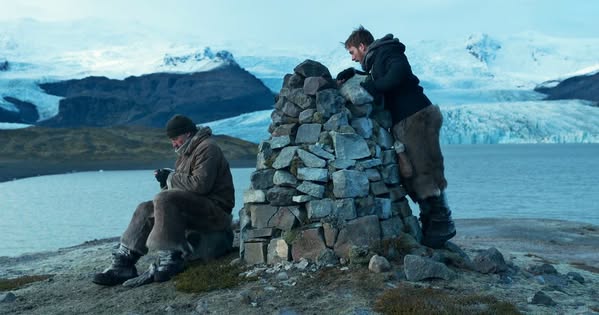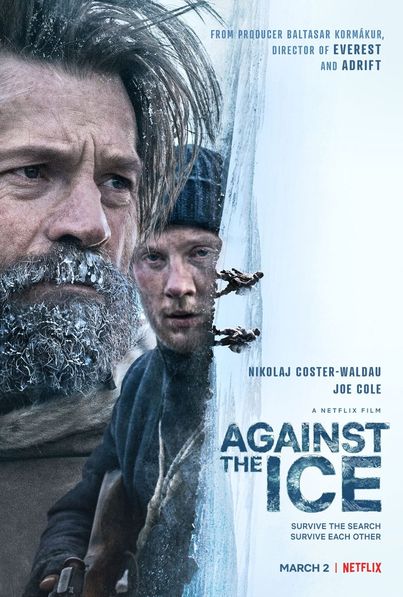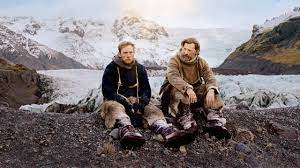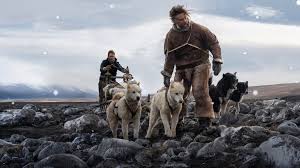King of Devil’s Island (2010)

King of Devil’s Island (original title: Kongen av Bastøy) is a powerful Norwegian drama directed by Marius Holst, released in 2010. The film is inspired by true events and is set in the 1910s at the Bastøy Island prison, a reform school for juvenile delinquents in Norway. It explores themes of rebellion, friendship, and the struggle for freedom against a backdrop of harsh conditions and oppressive authority.
The narrative centers around 17-year-old Erling (played by Benjamin Helstad), a new arrival at the reform school. He quickly assesses the brutal environment and the strict regime enforced by the school’s staff, particularly the sadistic warden, who uses fear and punishment to maintain control. Erling’s arrival coincides with the growing unrest among the boys, who are tired of the harsh treatment and seek a way to assert their independence.

Erling’s character serves as a catalyst for change. He befriends other inmates, including the charismatic and influential Olav (played by Kristoffer Joner), who has been at Bastøy for a while and has developed a sense of camaraderie among the boys. Together, they begin to challenge the oppressive system, dreaming of escape and a life beyond the confines of the prison. The film delves into the dynamics of friendship and loyalty, highlighting how these bonds are tested in the face of adversity.

The cinematography by John Andreas Andersen beautifully captures the stark beauty of Bastøy Island, contrasting the picturesque landscape with the grim realities of the boys’ lives. The natural surroundings serve as a poignant backdrop to their struggles, emphasizing both the isolation of the prison and the longing for freedom.

Marius Holst’s direction is sensitive and restrained, allowing the emotional weight of the story to unfold gradually. The film balances moments of tension with quieter, introspective scenes that explore the characters’ inner lives and the impact of their experiences. The performances by the ensemble cast are strong, bringing depth to their portrayals of young men grappling with their circumstances.

King of Devil’s Island also raises important questions about authority, rehabilitation, and the moral complexities of punishment. As the boys confront the brutal realities of their situation, the film invites viewers to reflect on the nature of justice and the potential for redemption.
The film’s climax is both harrowing and poignant, culminating in an escape attempt that tests the characters’ resolve and solidarity. This pivotal moment reinforces the themes of hope and desperation, leaving a lasting impression on the audience.
Upon its release, King of Devil’s Island received critical acclaim for its storytelling, direction, and performances. It stands out as a significant entry in Norwegian cinema, shedding light on a dark chapter in the country’s history while also resonating with universal themes of resilience and the quest for freedom.
In conclusion, King of Devil’s Island is a haunting and evocative film that explores the complexities of youth, authority, and the struggle for liberation. With its strong performances, beautiful cinematography, and a deeply resonant narrative, the film offers a powerful reflection on the human spirit and the enduring desire for freedom in the face of oppression.











